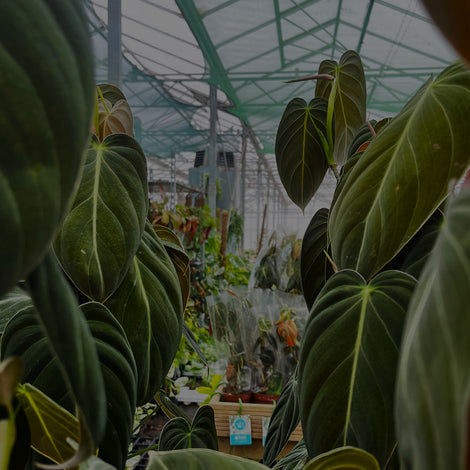Orchid Oasis: A Beginner's Guide to Nurturing Orchids Indoors
Welcome to the enchanting world of orchids! If you're new to the realm of these exotic beauties, this blog is your perfect starting point. Orchids, with their diverse and stunning blooms, can seem intimidating to care for, but fear not. This beginner-friendly guide will walk you through the basics of nurturing orchids indoors, turning your home into a thriving orchid oasis.
Getting to Know Your Orchids
First things first, let's debunk a common myth: orchids are not impossibly difficult to care for; they just have different needs than most traditional houseplants. The most common home orchid is the Phalaenopsis, also known as the Moth Orchid, which is quite forgiving and perfect for beginners.
The Light They Love
Orchids enjoy plenty of light, but direct sunlight can be too harsh. Place your orchids in a spot where they can bask in bright, indirect sunlight. A north or east-facing window is ideal. If you only have a south or west-facing window, use a sheer curtain to filter the intense sun.
Watering Wisdom
The golden rule with orchids is to avoid over-watering. Orchids typically prefer their growing medium to dry out a bit between waterings. A good approach is to water them once a week, but this can vary based on the humidity and temperature in your home. Remember, it's better to underwater than to overwater.
The Right Humidity
Orchids thrive in a humid environment. Aim for a humidity level around 55-75%. If your home is on the drier side, you can increase humidity by placing a water-filled tray with pebbles under the pot, using a room humidifier, or misting the air around the orchid (but not the orchid directly).
Feeding Your Floral Friends
Feeding orchids is simpler than you might think. Use a balanced orchid fertilizer and follow the instructions on the label. During the growing season, fertilize every other week. In the dormant season, reduce this to once a month.
The Importance of Air Circulation
Good air circulation is crucial for keeping your orchids healthy. It helps prevent disease and provides the fresh air they need for photosynthesis. Ensure your orchid is in a location where air can move freely around it but avoid placing it in direct line of harsh drafts.
Repotting Rituals
Orchids will need to be repotted every couple of years as their potting medium breaks down. The best time to repot is just after blooming, using a special orchid potting mix. This is also a great time to divide your orchid if it has grown too large.
Orchid Troubleshooting
- Yellowing leaves: This could be a sign of over-watering or too much light.
- Wrinkled leaves: Usually a sign of under-watering or low humidity.
- No blooms: This can be due to insufficient light or the need for a rest period.
Conclusion
Caring for orchids is a delightful and rewarding hobby. With these beginner tips, you'll soon find yourself surrounded by the lush beauty of thriving orchids. Remember, patience and observation are key. Each orchid has its own personality, and as you get to know yours, you'll find the sweet spot of care that brings out its best blooms.
Happy orchid growing!





















Leave a comment
Please note, comments need to be approved before they are published.